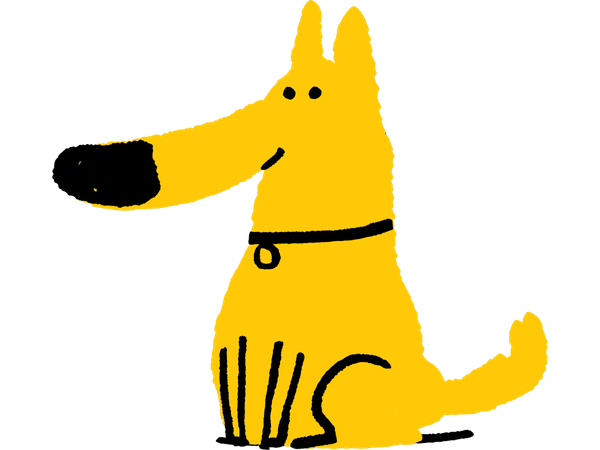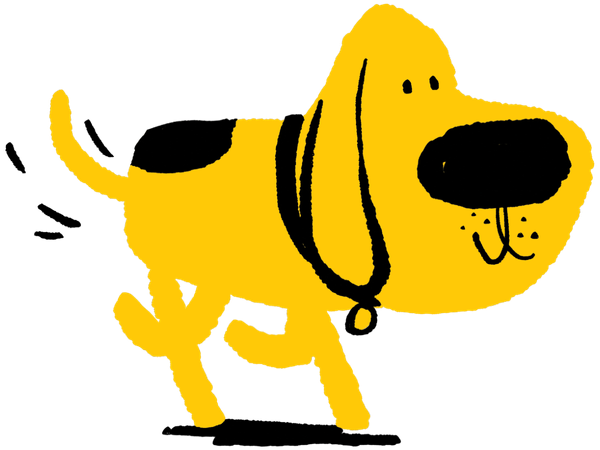Hungarian Vizsla
What you need to know about Hungarian Vizslas
- Life Expectancytypically 11+ years
- SheddingShort length with moderate shedding
- SizeMedium
What you need to know about Hungarian Vizslas
How to pronounce Hungarian Vizsla: huhng·geuh·ree·uhn vee·shluh
Hungarian Vizslas are medium-sized, typically active dogs originating from Hungary where they were first bred to accompany hunts. Hungarian Vizslas have a short, smooth coat and are usually red, rust, or golden in colour.
Many pup behaviours come naturally to all dogs. Whether that’s a desire to dig or a love of lazing, these can be influenced by different factors like genetics or personal experience.
We’re bringing you the important facts and considerations about Hungarian Vizslas. Could you become a Hungarian Vizsla parent and give one a forever home?
Every dog is different with their own personality and needs. Here are some areas to think about when taking care of a Hungarian Vizsla.

Although you may have ideas about what Hungarian Vizslas are like, it’s important to remember that every dog is different.

Looking for a sprightly pooch to match your energy? Here are some other typically active breeds to put you through your paces in the great outdoors.